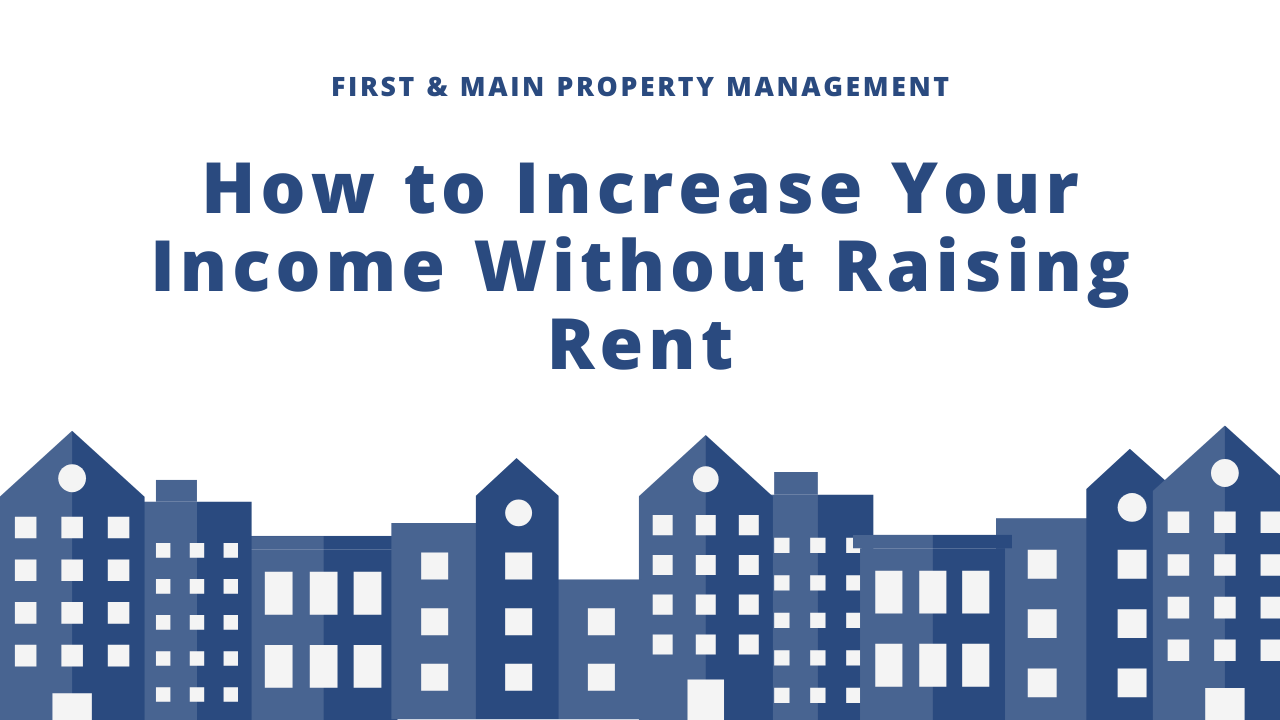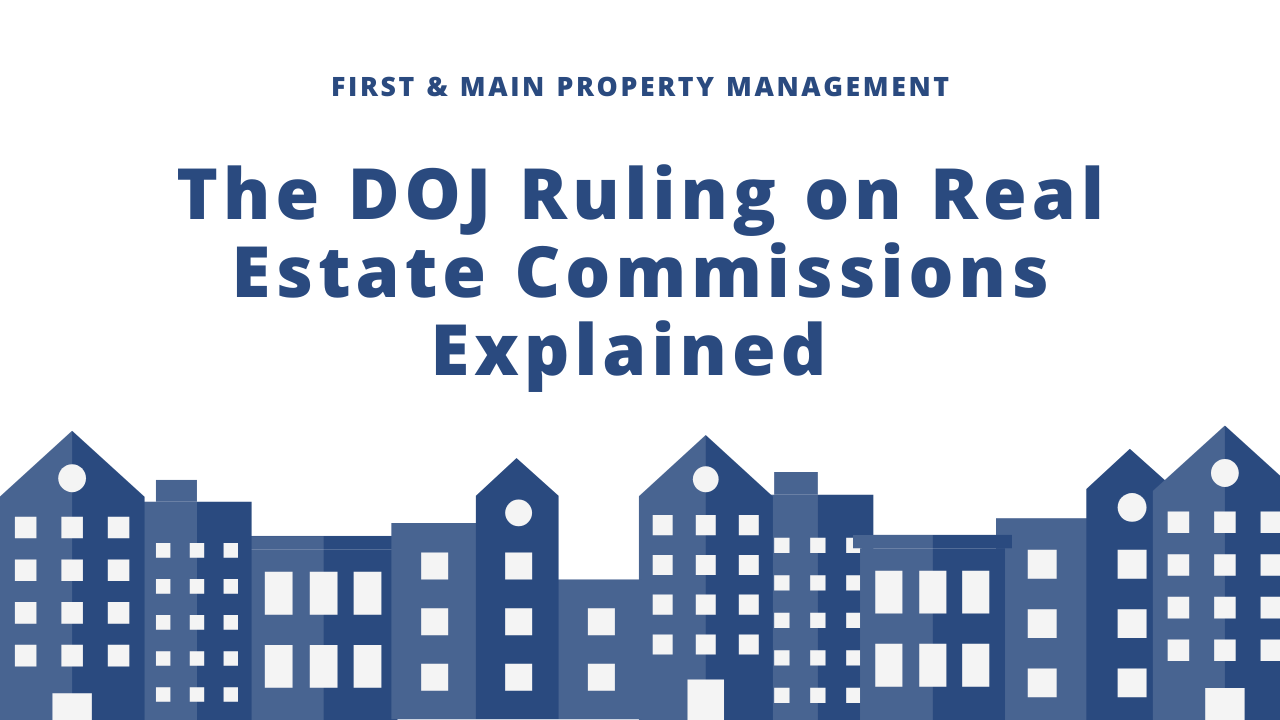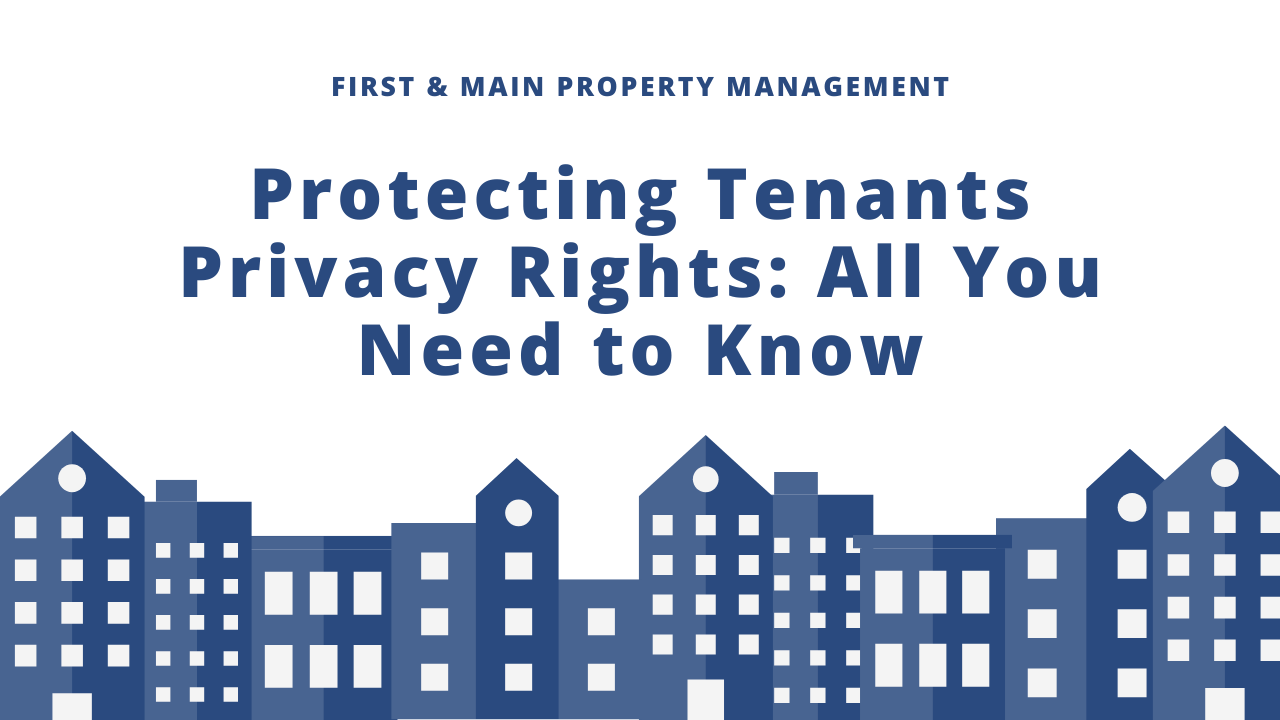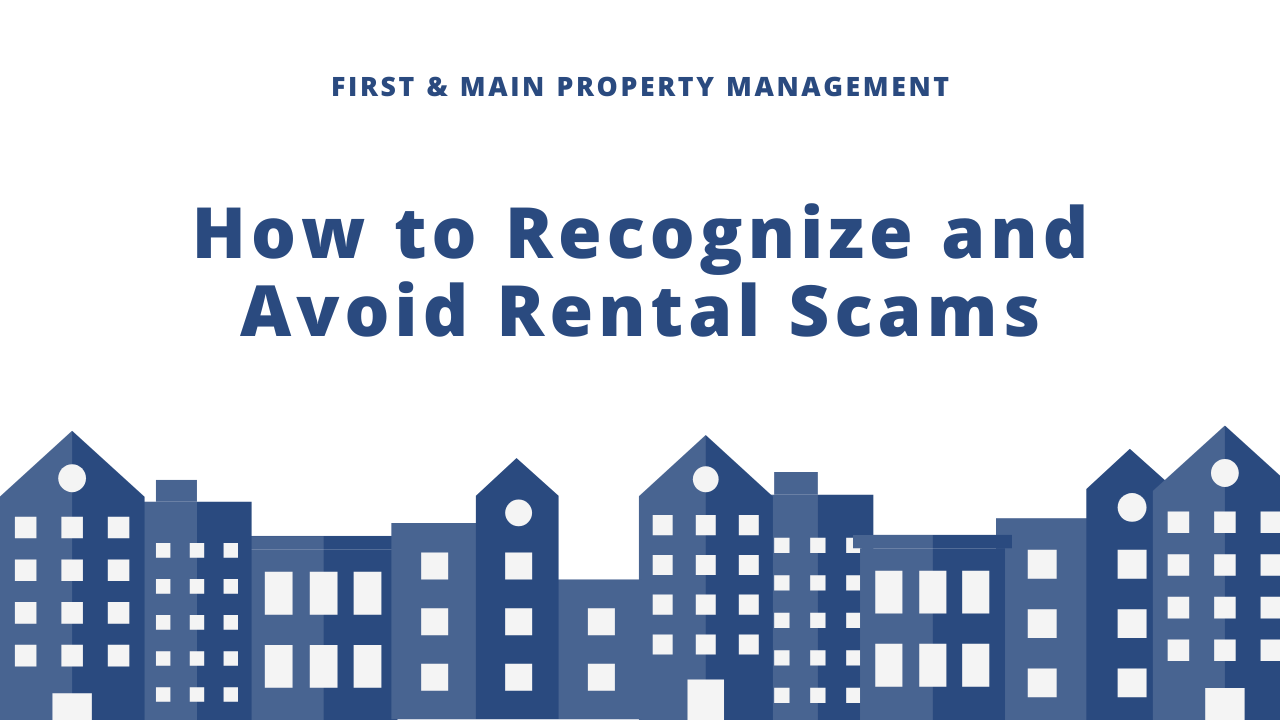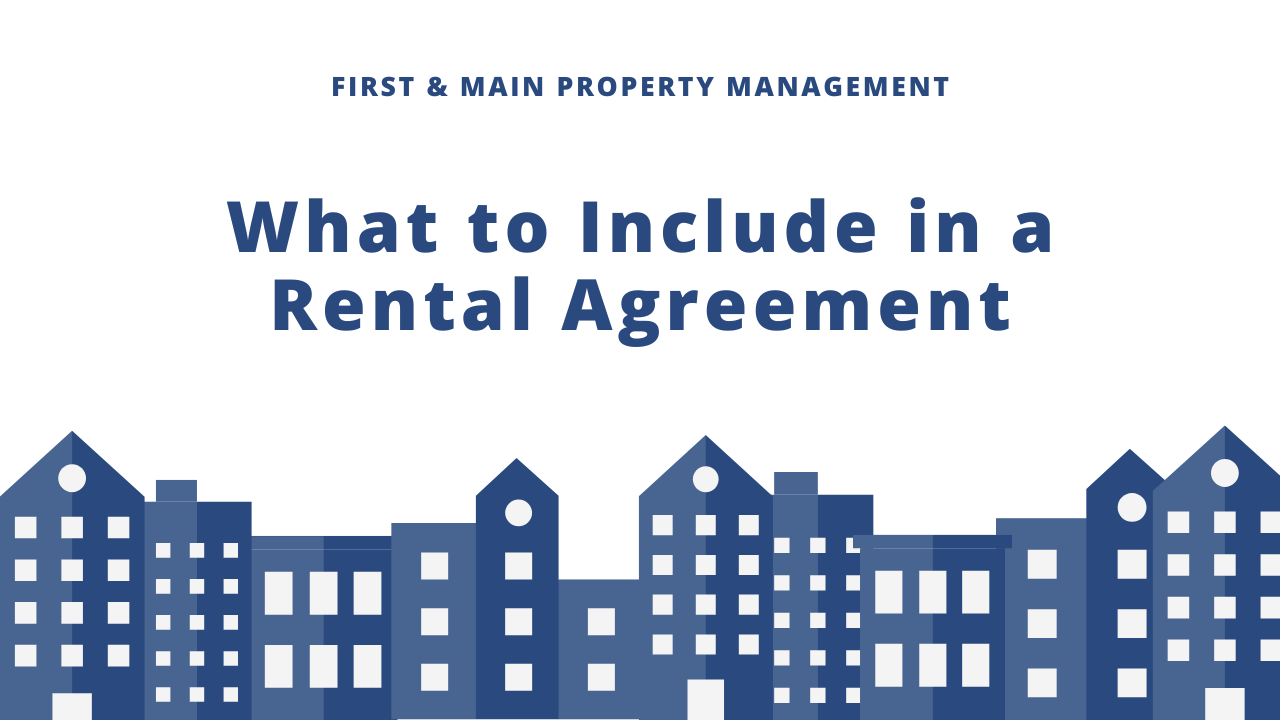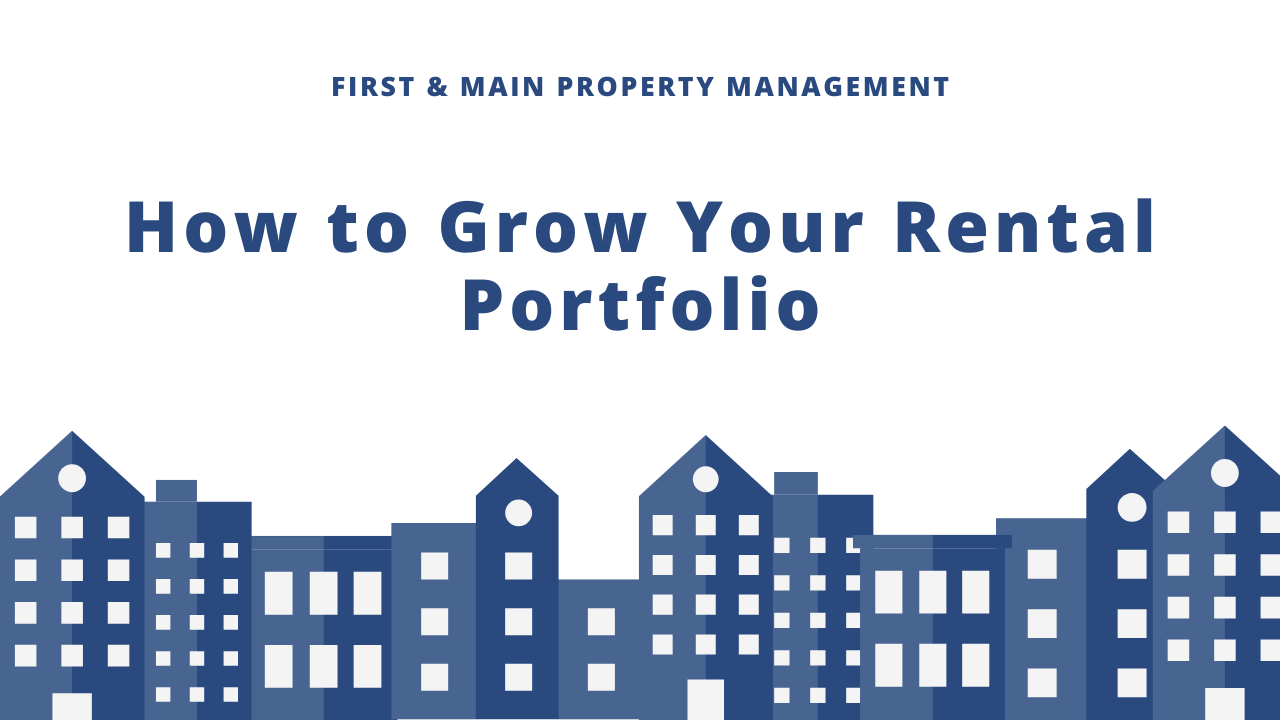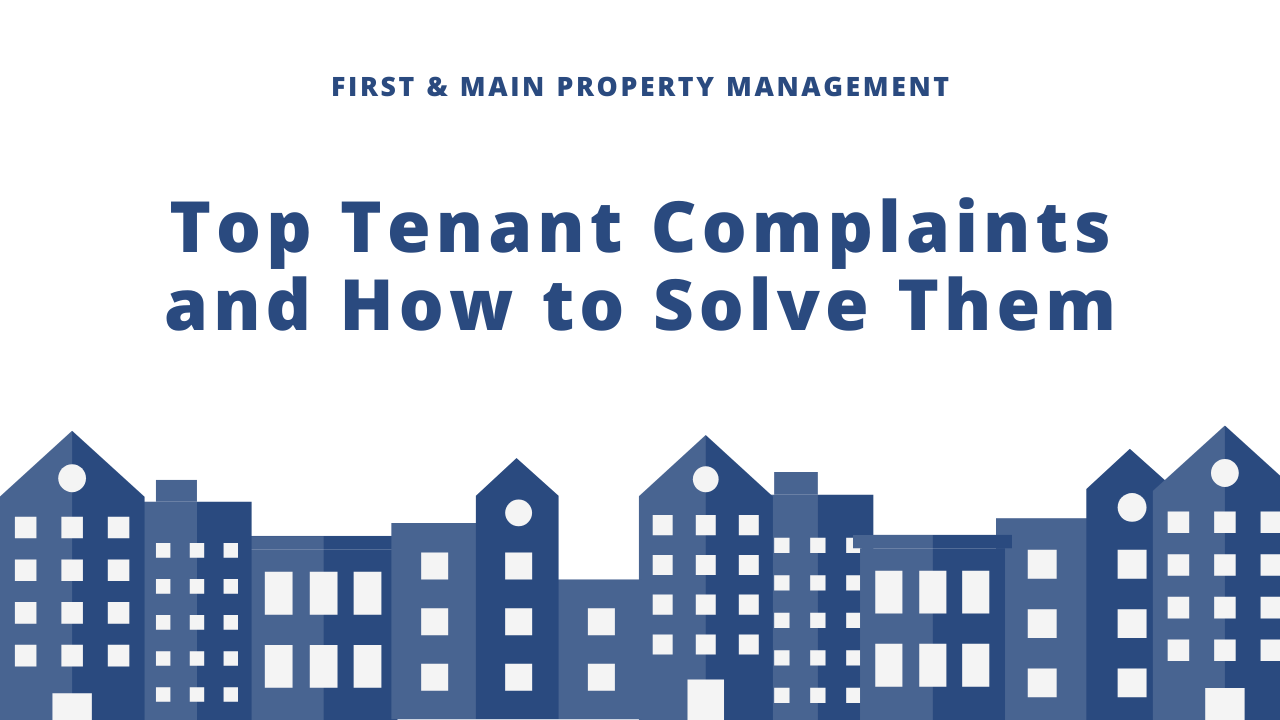Guide To Making A Solid Lease Agreement For Your Rental Property
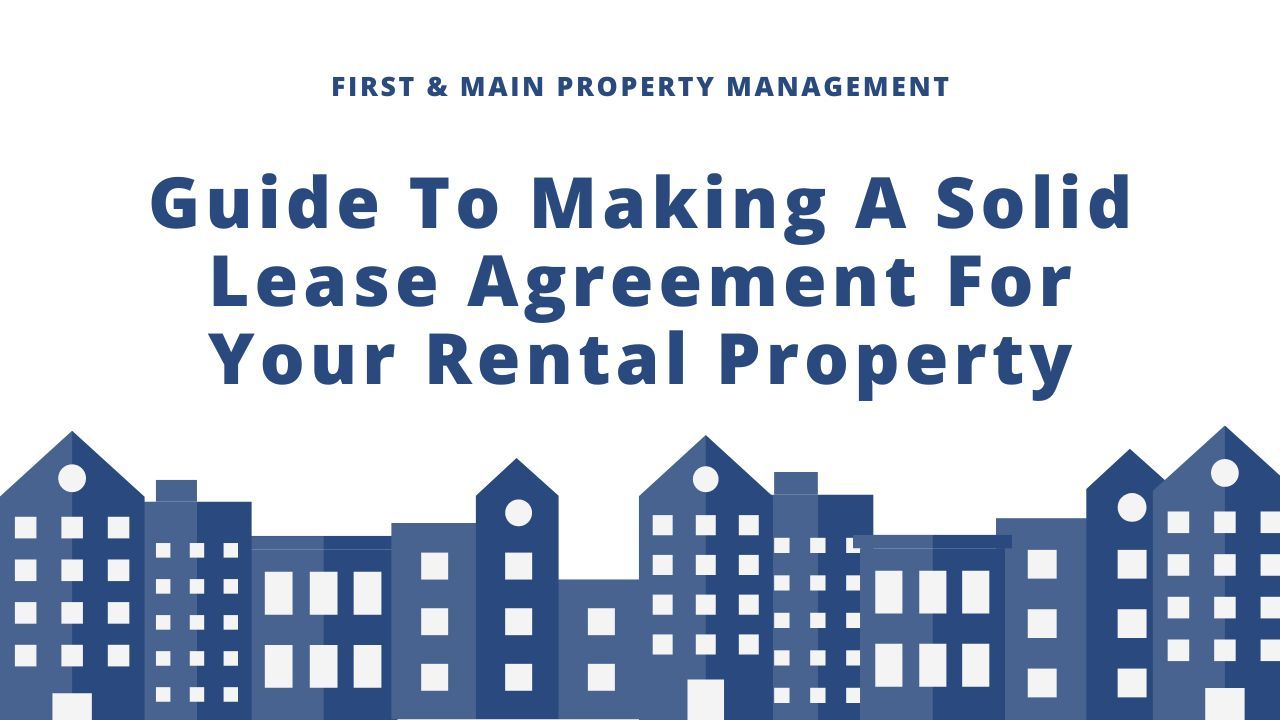
Are you looking to create a solid lease agreement for your rental property? If so, you've come to the right place. With the right lease agreement, you can rest easy knowing that your rental property is well-protected.
In this post, we will provide you with all the necessary information to ensure that you have a legally binding document that you and your tenant can adhere to.
We'll also cover everything from understanding the importance of a lease agreement to what you should include in yours and how to ensure it is well-enforced.
How to Draft A Lease
When creating a lease, you have several options. You can either write it yourself or enlist the help of an attorney, who can draft and review your lease agreement for you.
It is essential to ensure that the document meets legal requirements in your state and city so that all parties are adequately protected. Additionally, you may include additional terms and conditions if you wish.
You can also purchase standard forms online or from office supply stores. The pre-printed forms available may differ in the extent to which they cover all the potential issues related to renting a property, so it is wise to compare several versions before deciding upon one.
Pre-formatted leases generally do not require legal review, but it is essential to ensure all the necessary information is included.
Creating a lease using a template from your local realtor or landlord association is also possible. This can be an efficient way of creating a lease containing all the necessary clauses for renting in your area. However, you should still read through the document carefully and make any changes required to ensure that it meets your needs and the needs of your property.

Why Do You Need A Lease Agreement?
A lease agreement is an essential legal document that outlines the terms and conditions of a rental arrangement. It protects the landlord and tenant by establishing expectations, setting boundaries, and providing a framework for resolving disputes.
The lease terms determine who is responsible for what, when rent is due, the consequences for late rent payment, the consequences for breach of agreement and more.
Having a well-written lease in place can protect both parties and help ensure the
landlord-tenant relationship is smooth.
It gives tenants peace of mind knowing that their rights are protected, while landlords can rest assured that their property is being taken care of and that they will be compensated for any damages that occur.
A solid lease agreement is essential when renting out your property and should not be overlooked.
What Are The Basics That Every Lease Should Contain?
There are several vital elements that should be included when making a lease agreement for your rental property.
Here are some of the things to include:
1. The
names of all parties involved in the lease agreement, as well as the
name and address of the rental property. This is important to ensure everyone knows who is responsible for the rent payments and what property they are renting.
2. The
rent due date should be specified in the lease agreement. This will help ensure all parties know when their payments are due and can plan accordingly.
3. The
amount of rent to be paid each month and any additional fees or deposits associated with the rental property should also be clearly stated.
4. The lease agreement should also clearly define the rental duration. This could include a fixed-term lease or a month-to-month agreement, depending on the terms of the agreement between all parties involved.
5. The
signatures of all parties must be included in the lease agreement to make it legally binding. This will ensure that all parties are held accountable for their responsibilities and any changes or disputes arising from the agreement.
By ensuring these key elements are present in your lease agreement, you can be sure that both you and your tenants have a solid understanding of the terms and conditions of the rental property.

What Are Important Clauses And Policies To Cover In Your Lease?
There are several essential clauses and policies that must be included in your lease to protect both you and your tenants.
They are as follows:
1.Subletting
This clause is essential to include in your lease agreement if you have tenants who wish to sublet the space.
It should cover all necessary details, such as who the tenant can
sublet the space to and for how long. It should also include the process for approving or rejecting a potential subletter and any associated fees.
2. Property Access
Your lease agreement should clearly outline when, where, and how you will have access to your tenants’ properties. This should also cover who is responsible for any maintenance or repairs that need to be done and how you will go about collecting rent from your tenants.
3. Tenant Obligations
This clause should outline all tenant obligations, such as cleaning, paying bills on time, not causing disturbances, and more.
It is essential to make sure these are clearly stated so that both parties can be held accountable.
4. Breaking the Lease
If the tenant needs to end the lease early, it’s crucial to have a clause in your lease agreement that covers this. It should outline what kind of notice needs to be given and any fees or financial obligations that may be incurred.
5. Security Deposit
Your lease agreement should also include a section outlining the security deposit policy and how it will be handled in case of any damages or unpaid rent.
This should cover details such as when and how you will return the deposit to tenants after they move out. You should also state any legally justified reasons that may allow you to keep their deposit.
__
By including these crucial clauses and policies in your lease agreement, you can ensure that your rental property will be properly protected and that you and your tenants will understand their respective
rights and obligations. This will help to create a smooth experience for everyone involved.

Conclusion
Making a solid lease agreement is essential when renting out your property. By understanding the legalities involved and creating a detailed contract, you can protect yourself from unnecessary hassles down the road.
With a well-crafted and signed lease agreement, landlords and tenants are more likely to enjoy a positive rental experience.
We hope that this comprehensive guide was helpful in showing you how to create a secure and legally binding lease agreement.
For more help, please feel free to contact
First & Main Property Management.

